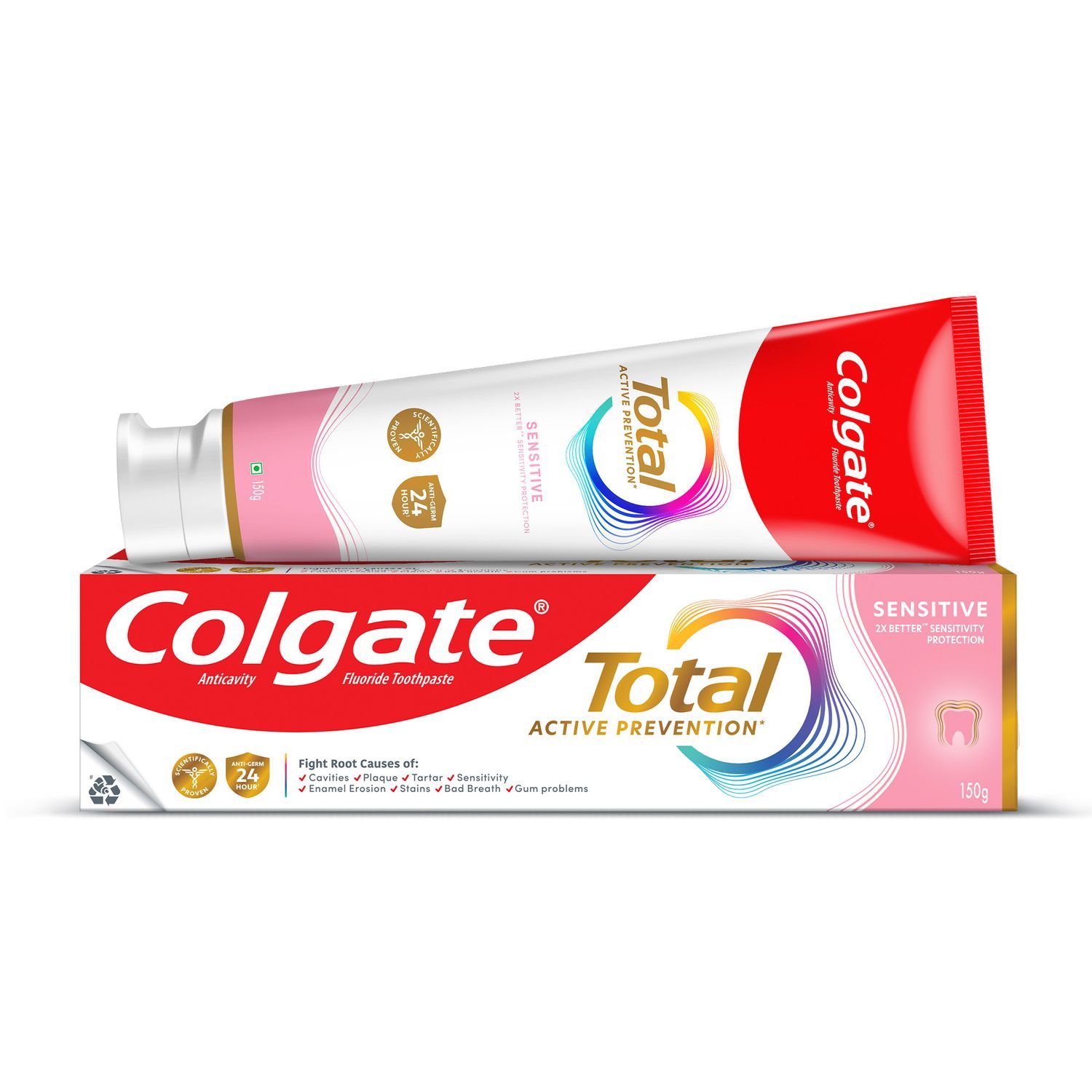Gingivitis is gum disease involving inflammation in your gums, which become red and swollen. Ignoring it can further this irritation to more teeth, possibly forming infected "pockets" in your gums and eventually advance to periodontitis. Untreated periodontal disease destroys the bones, gums and tissue that support your teeth, often causing tooth loss. So how should you approach your care?
Treating Mild Gum Disease
The National Health Portal of India notes that bleeding from gums may occur while brushing or sometimes it occurs on its own, if ignored and not taken proper care of oral hygiene, it may advance to gingivitis, its cause includes lack of cleaning between teeth (flossing) leading to food accumulation and plaque formation among others. Besides being part of prevention, oral hygiene and professional dental cleaning is also very important in the treatment of gingivitis. You may need an initial deep cleaning to remove accumulated tartar.
For an oral hygiene program at home, brush at least twice a day – preferably after every meal – for two minutes using a soft-bristled toothbrush, and floss at least once a day in the evening. Your dentist may also recommend a prescription antiseptic mouthrinse which prevent gingivitis and treat inflammation at the same time.
Treating Advanced Gum Disease and Periodontitis
The NIDCR describes three ways of treating gum disease if it is past the point of personal care – deep cleaning, medications and surgery.
A deep dental cleaning involves scaling, using either dental instruments or an ultrasonic scaling device, to remove tartar, plaque and bacteria from tooth surfaces and from beneath the gums. It also involves root planing to smooth the root surfaces, discouraging further buildup of tartar, plaque and bacteria.
Medication usually means antibiotics to attempt to clear up an infection. Your dentist might recommend topical antibiotics, such as a prescription mouthrinse or an antibiotic solution that is placed in the spaces between your teeth and gums. Oral antibiotics in the form of capsules, while less invasive, serve to treat stubborn, but more severe forms of gum disease.
Surgery is usually reserved for periodontitis that hasn't responded to other treatment. Discuss surgical options with your periodontist and understand the benefits and risks. Here are a few options:
- Flap (pocket reduction) surgery involves making tiny incisions in your gum to clean deep pockets of tartar through scaling and root planing. After you heal, cleaning these areas and maintaining healthy gums is much easier.
- If you have lost gum tissue, a soft tissue graft can reinforce this deficiency. The graft usually involves removing a small amount of tissue from the roof of your mouth or another location and attaching it to the affected gum tissue. The goal is to prevent your gums from receding more, cover exposed roots, and improve the appearance of your teeth.
- If periodontitis has destroyed the bone around the root of a tooth, a bone graft can be placed around the tooth providing a platform for natural bone to regrow. The procedure uses a bone graft material that is placed in the area where the bone loss has occurred. This process can also include guided tissue regeneration, which uses a biocompatible barrier membrane that is placed between existing bone and the tooth to help grow new tissue around the tooth and bone in the area that has been destroyed by periodontitis.
Who's at Risk?
Other conditions can require a higher level of care. Smokers are at a higher risk of gum disease, according to the NIDCR. If you have diabetes, you're at higher risk of infections, including gum disease. And if you take medications that cause dry mouth, talk to your dentist about ways to increase saliva production; dry mouth promotes the existence of that irritating bacteria.
Rest assured that periodontal disease is very common, and anyone can contract it. But knowing how far along your case is can prepare you to pursue the treatments that are most effective.
This article is intended to promote understanding of and knowledge about general oral health topics. It is not intended to be a substitute for professional advice, diagnosis or treatment. Always seek the advice of your dentist or other qualified healthcare provider with any questions you may have regarding a medical condition or treatment.
ORAL HEALTH QUIZ
What's behind your smile?
Take our Oral Health assessment to get the most from your oral care routine
ORAL HEALTH QUIZ
What's behind your smile?
Take our Oral Health assessment to get the most from your oral care routine













